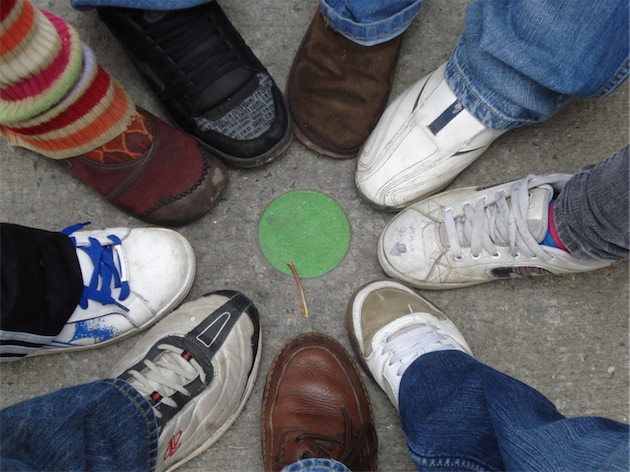When the word assets is heard, perhaps visions of stocks, bonds, and financial investments come to mind. When the Developmental Assets Committee of the Community Partners on Drug Abuse use the term assets, they are referring to assets of a different kind – developmental assets. Developmental assets do, in fact, deal with a very important investment – they allow us to invest in our youth and help our communities thrive.
Asset development initiatives bring citizens together to brainstorm and come up with activities that meet the needs of their communities. To hear from citizens of the CBRM, the Community Partners on Drug Abuse are holding a focus group on March 18th at 6:30pm. The focus groups will help the committee developing a strategy that will be used to inform future phases of the committee’s work. The session will consist of twelve open-ended questions to guide the discussion.
In order to understand what a developmental asset is, think of a young person you know, care about, or work with and ask yourself, “What is it that this young person needs in order to be a healthy, happy, contributing citizen?” You might be thinking they need love, encouragement, education, places to go, ways to express themselves, and so on. Each of these answers would correspond with a developmental asset.
The DAC recognizes 40 developmental assets in total that are grouped into eight categories: 1] support, 2] empowerment, 3] boundaries and expectations, 4] constructive use of time, 5] commitment to learning, 6] positive values, 7] social competencies, and 8] positive identity. The Search Institute based in the United States developed the list of 40 assets based on years of research on positive youth development and resiliency.
The DAC sees developmental assets as the “building blocks of healthy youth development” and a number of the assets have relevance to the Arts. For instance, the developmental assets approach recognizes that youth benefit from involvement in creative outlets and activities such as drama, music, and art. Youth involved in these activities have fewer risk taking behaviors (like drug use, drinking, vandalism) and more thriving behaviors (like success in school, good health, leadership qualities). Youth with the best outcomes engage in music, art, and/or drama three times per week. Some barriers do come into play when it comes to youth engaging in creative outlets and partaking in lessons–cost is a major one, as is transportation and the location of the activity.
Asset building focuses on the skills, abilities, and talents of the whole community and brings people of all ages together to promote assets and create initiatives that work for specific neighbourhoods and organizations.
Building creative assets could involve:
• Community members volunteering their time to teach/mentor youth in the arts
• Promoting the importance of arts education in the school system and within community youth organizations
• Creating/supporting spaces and organizations that allow youth to be creative (e.g., youth clubs, drama schools, music schools, dance schools)
• Addressing age-old issues in a creative way – e.g. promoting the availability of mural space and legal graffiti walls for youth to express themselves
• Sharing with youth how creative outlets can allow for the healthy expression of emotions like anger
• Creating art, music, or drama skits that reflect and incorporate the themes of the 40 developmental assets (For a full list of the assets see: searchinstitute.org)
• Encouraging youth to keep creating and showcasing their work
• Helping youth teach their skills to other youth (peer programs)
• Encouraging senior citizens to share their art/music/drama skills with youth and vice versa
Engaging in creative outlets can be great for boosting self-esteem, fostering positive identity, and feeling empowered. Creative outlets can allow youth to use their time in active, healthy, and constructive ways.
The Community Partners on Drug Abuse first formed back in 2004 in response to negative media attention, deaths, and other negative outcomes relating to oxycontin abuse. While the CPDA are disbanding on April 30th, the Developmental Assets Committee will continue working on promoting and developing assets and finding proactive solutions for issues like drug abuse.
If you are interested in taking part in the Asset Development Session please phone 565-5594 for more details.


